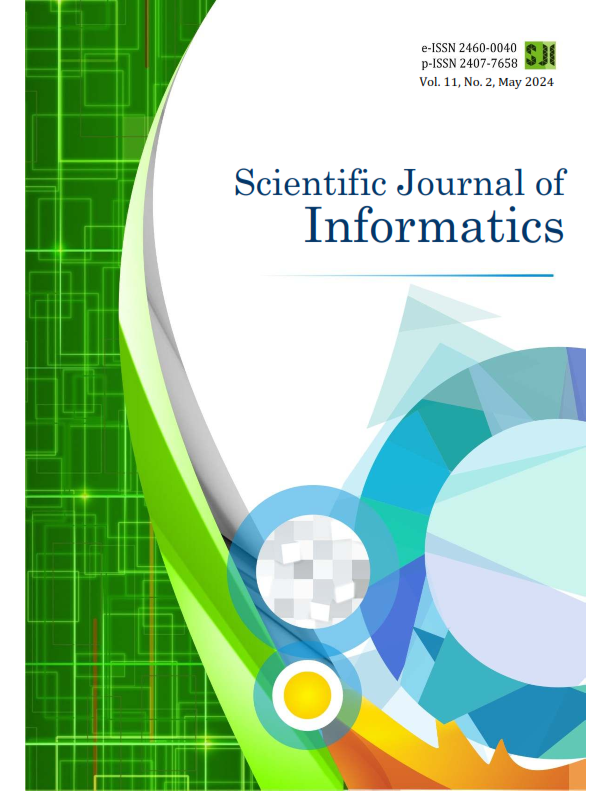Hiragana Character Classification Using Convolutional Neural Networks Methods based on Adam, SGD, and RMSProps Optimizer
DOI:
https://doi.org/10.15294/sji.v11i2.2313Keywords:
Hiragana, Image classification, Convolutional neural network, Confusion matrixAbstract
Purpose: Hiragana image classification poses a significant challenge within the realms of image processing and machine learning. Despite advances, achieving high accuracy in Hiragana character recognition remains elusive. In response, this research attempts to enhance recognition precision through the utilization of a Convolutional Neural Network (CNN). Specifically, the study explores the efficacy of three distinct optimizers like Adam, Stochastic Gradient Descent with Momentum (SGDM), and RMSProp in improving Hiragana character recognition accuracy.
Methods: This research adopts a systematic approach to evaluate the performance of a Convolutional Neural Network (CNN) in the context of Hiragana character recognition. A meticulously prepared dataset is utilized for in-depth testing, ensuring robustness and reliability in the analysis. The study focuses on assessing the effectiveness of three prominent optimization methods: Stochastic Gradient Descent (SGD), RMSProp, and Adam.
Result: The results of the model performance evaluation show that the highest accuracy was obtained from the RMSP optimizer with an F1-Score reaching 99.70%, while the highest overall accuracy was 99.87% with the Adam optimizer. The analysis is carried out by considering important metrics such as precision, recall, and F1-Score for each optimizer.
Novelty: The performance results of the developed model are compared with previous studies, confirming the effectiveness of the proposed approach. Overall, this research makes an important contribution to Hiragana character recognition, by emphasizing the importance of choosing the right optimizer in improving the performance of image classification models.

